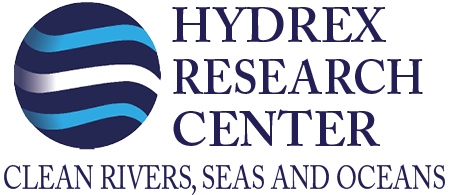This research project aimed to map out the contamination of the Belgian and Dutch waterways. The ports of Rotterdam and Antwerp were chosen because of the large amount of anthropogenic activities at each of them.
The samples that were taken all showed similar contamination levels. The limits for heavy metals were exceeded at 85% of the sample locations. The sample locations were all near a shipyard. The research concluded that several factors from the shipyard caused a significant share in the contamination of the sediment. Examples are the removal and application of antifouling paint at the shipyards, and the erosion of sacrificial anodes present on the ships. The antifouling paint consists of heavy metals including copper and zinc which were both present in high levels at multiple locations. The anodes are largely zinc.
The research indicated that much more stringent regulations regarding the use of antifouling paints are needed, as well as an alternative method of corrosion protection to the sacrificial anodes currently in use.











